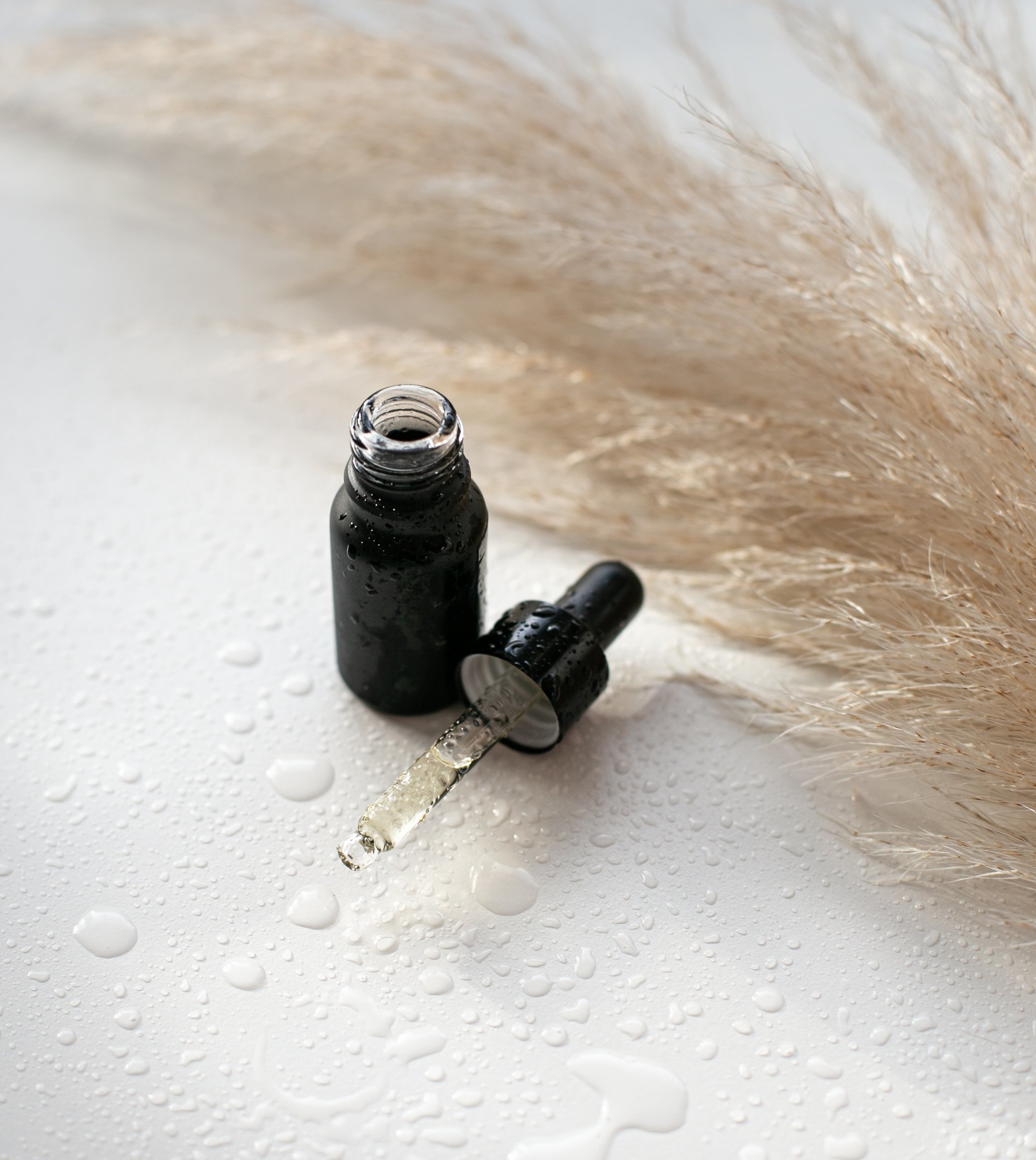Did you know that around 78% of Americans will have had at least one cavity by the time they are 17, and the ADHA suggests that 80% of the population has gum disease? With such factors as the average American diet consisting of regular consumption of highly processed foods and improper oral hygiene and maintenance, it is no surprise that these statistics continue to climb.
Since your pearly whites are often the first thing people notice when they meet you, the condition of your teeth could further imply the condition of your overall health. Thankfully, if you have been feeling self-conscious about your mouth and the health of your teeth and gums, there is always no better time than now to do something about it.
Ultimately, postponing any oral health concerns could lead to greater problems down the line, which can most often be prevented with timely and proper care and forethought. In reality, poor oral health can cause health issues and pain if not addressed and have a negative impact on your confidence and self-esteem.
In this article, we will look at what you can do now to improve your oral health to help you boost your physical and mental well-being to avoid any problems arising in the near future.
No. 1
Use the Right Toothbrush and Change It Regularly
It is important to find the right toothbrush for you to use regularly and to replace it when you start noticing any degradation of the bristles. Choosing one that is gentle on the teeth and gums is ideal, as using a hard toothbrush can cause undue harm to your gums or enamel over time.
Typically, electric toothbrushes are recommended to give your mouth a deep, gentle, and more thorough clean. If you have one, don't forget to change your toothbrush head regularly, as they will not last forever. This should be done at least every three months or when the bristles begin to fray.
No. 2
Correct Any dental Issues
If you have any dental concerns, it is imperative that you visit your dentist to discuss them. Broken teeth, missing teeth, or misalignment can cause pain and discomfort and increase the risk of your oral health being compromised over time. When left unaddressed, these situations often cause much larger issues to form. For example, bits of food and debris in your mouth can become trapped, making brushing difficult, thereby leading to tooth decay or infection.
Talk to your dentist about their treatment options, including dental implants, braces, aligners, or other suggestions for improving your dental health and addressing any other dental concerns you may have. This can help you evaluate what changes you can make to improve how you care for your teeth and how to enhance their appearance.
No. 3
Remember Your Tongue
Plaque doesn't just build up on your teeth. It can build up on your tongue, too. Don't forget to include your tongue health in your oral care routine, and use a good mouthwash or a tongue scraper to help you remove any plaque that might build up. At the very minimum, a build-up on your tongue can cause bad breath; in more severe cases, it can lead to further complications. So, it is crucial that you do not neglect this part of your daily oral care routine.
No. 4
Floss
If you've ever lied to your dentist about flossing regularly, it may be time to find the right type of flossing device or method that works best for you. Whether you opt for regular floss, ready-made floss picks or accessories, interdental brushes, or even a water flosser, there are many options to choose from. Flossing every day is necessary for improving and maintaining your oral health and avoiding tooth decay.
No. 5
Eat for health
Naturally, what you consume must come into contact with your teeth and will affect the entire microbiome of your mouth. If you are consuming the average American diet, you will undoubtedly come into regular contact with refined carbohydrates, sugars, and processed foods. These foods may damage your teeth and cause demineralization, tooth decay, and gum disease.
Sticking to a well-balanced and whole food diet consisting of nutrient, calcium, and fiber-dense fruits and vegetables, whole grains, and proteins is best for maintaining optimal oral health as they contain beneficial nutrients and minerals that help in preventing bacteria-causing plaque and tooth decay from forming.
Takeaways
Your mouth can say so much about your health before you even say a word. So, it is imperative that you maintain your oral health at all costs. While it may seem daunting over the course of a lifetime, interestingly, improving your oral health generally requires eating the right foods, finding the right oral products for your oral care, and committing to regular cleaning habits.
In addition, visiting your dentist regularly to ascertain the health of your teeth and gums is a detrimental part of the process of helping you make the right choices for your long-term oral health. Ultimately, in order to achieve lasting oral health, receiving timely oral maintenance and treatments when you need them is not only imperative but smart.












